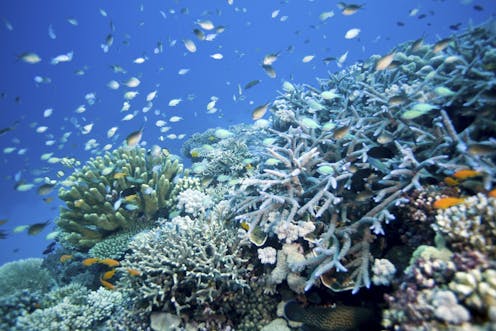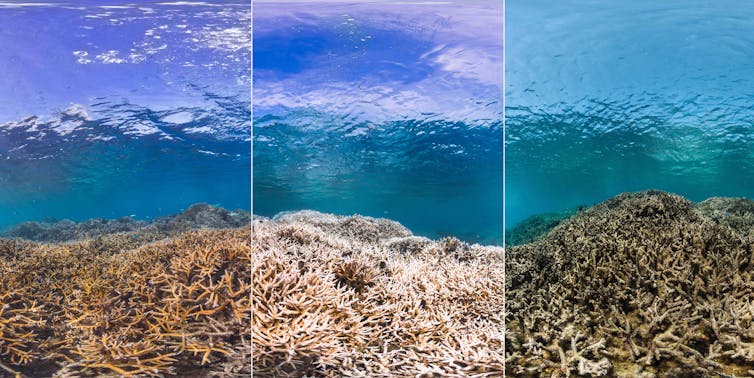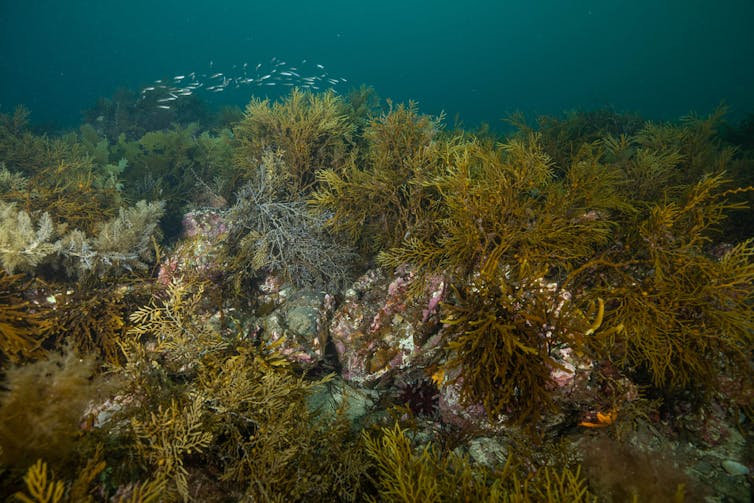Source: The Conversation – Canada – By Benjamin Muller, Professor & Program Coordinator in Migration and Border Studies, King’s University College, Western University
Was it just a coincidence that within days of Canada’s Liberal government announcing Bill C-2, the Strong Borders Act, Donald Trump’s administration in the United States released its long anticipated travel ban?
Perhaps. But the timing also highlights the longtime shared border saga between Canada and the U.S. — and should compel Canada to carve its own path.
Like Trump’s 2017 travel ban, his 2025 directives significantly prevent or limit access to the U.S. for citizens from 12 mostly African and Middle Eastern countries, with more possibly on the horizon. It’s likely to face judicial challenges and may not survive for long.
In contrast, Bill C-2 could lead to several significant and broad statutory changes that Canadians will contend with for years to come.
Data privacy concerns
Days before Trump’s announcement, the Canadian government advanced the controversial Strong Borders Act covering a wide swath of proposed legislative changes, from intensified border security measures to more restrictive immigration and asylum policies.
Embedded within the proposed legislation, as Canadian law professor Michael Geist and others have pointed out, are significant risks to digital privacy, along with increased executive authority — also known as “warrantless” powers — without judicial or civilian oversight.
In these respects, the proposed Canadian legislation could be considered more worrisome than Trump’s travel bans.
In the fog of the ongoing trade war between the U.S. and Canada, the focus is on American tariffs and their economic impact. But little attention is being paid to Canada’s longstanding co-ordination and co-operation with the U.S. in terms of border management.
Unfortunately, Canada has a history of appeasing the U.S. on the border. The period following 9/11 is worth noting.
Increased co-ordination post 9/11
Successive Canada-U.S border agreements have brought about significant institutional change and reform. These include the Smart Border Declaration — signed shortly after 9/11 — and Beyond the Border, inked a decade later between the Barack Obama and Stephen Harper governments.
These agreements included greater reliance on biometric and surveillance technology, binational information-sharing and accelerated, robust co-ordinated and co-operative border enforcement (specifically the Shiprider program and the Integrated Border Enforcement Team or IBET).
The early 2000s saw the rise of new institutions such as the Canada Border Services Agency (CBSA) and the Canadian Air Transport Security Authority (CATSA), along with significant policy changes that included prolific and more robust American pre-clearance of people and goods, and authorizing CBSA agents to carry firearms (which was once controversial).
Frequently, these reforms were in response to American pressure or reactionary U.S. policies. The Western Hemisphere Travel Initiative (WHTI), for example, is an American policy that has compelled travellers to produce passports when crossing the U.S. border for almost 20 years.
In contrast to the “elbows up” rhetoric of the last several months, Canada hastily made changes to its border policies.
The narrative of co-operative and collaborative Canada-U.S. border management, however, has not always been as it appeared. Frequently, negotiations and co-operation were difficult, and not without cost to some autonomy in Canada’s border management.
Asylum seekers
In the past year, there have been increasing concerns about the impact of potential increases in asylum claims in Canada because of American policies. Those raising concerns often make reference to Roxham Road, the unofficial border crossing that thrived during the last Trump administration due to a loophole in the Safe Third Country Agreement (STCA).
Read more:
Roxham Road: Asylum seekers won’t just get turned back, they’ll get forced underground — Podcast
Such gaps in legislation were modestly addressed, including in the proposed Bill C-2, which will require arriving migrants to claim asylum within 14 days of arrival. After that time, claimants will not receive a hearing and be subject to deportation.
It’s troubling to contemplate deporting asylum seekers amid the ongoing deportation spectacle in the U.S. being carried out by Immigration and Customs Enforcement during the Trump administration
Amid renewed American pressures under Trump and a history of border co-operation, it’s not surprising Prime Minister Mark Carney is following his predecessor in trying to appease the U.S. president via Canadian border policy. And because asylum claimants often languish for up to two years in Canada’s immigration and asylum system, it’s clear there are problems.
But that doesn’t preclude the need to think critically about the sweeping powers proposed in Bill C-2.
In particular, enhanced executive powers — in many cases by institutions that have no civilian oversight — must be scrutinized.
Many of these changes are reminiscent of the kind of co-operative — and sometimes coercive — border policies that emerged in the post-9/11 years. It could be argued that Canadians should have expressed “elbows up” responses to American pressures to reimagine our border almost 25 years ago.
Furthermore, these changes serve as reminder that co-operative and co-ordinated management of our border is increasingly “baked in,” and despite tariff rhetoric, that’s unlikely to change dramatically without significant pushback from Canadians.
Revisionist history
It’s worth reflecting on the nostalgic and revisionist accounts of the coercive — not truly co-operative and collaborative — post-9/11 era of border security management, especially in the heat of the ongoing Canada-U.S. trade war.
Canadians should remember they live during a time of deep integration in border management — but Canada can always assert its own interests and marshal its own resources to manage borders and those who cross it.
In the long Canada-U.S. relationship, coercion has often masqueraded as co-operation. There are far fewer coincidences in border policy than we might think, possibly including the timing of the Strong Border Act. But Canada must always evaluate its policies in terms of whether they serve Canadian, not American, interests.
Unlike the Trump administration’s travel bans and deportations, Bill C-2 introduces a wide swath of changes Canadians could grapple with for decades.
![]()
Benjamin Muller receives funding from SSHRCC and King’s University College at Western University.
– ref. Why Canada’s Strong Borders Act is as troublesome as Donald Trump’s travel bans – https://theconversation.com/why-canadas-strong-borders-act-is-as-troublesome-as-donald-trumps-travel-bans-258366






